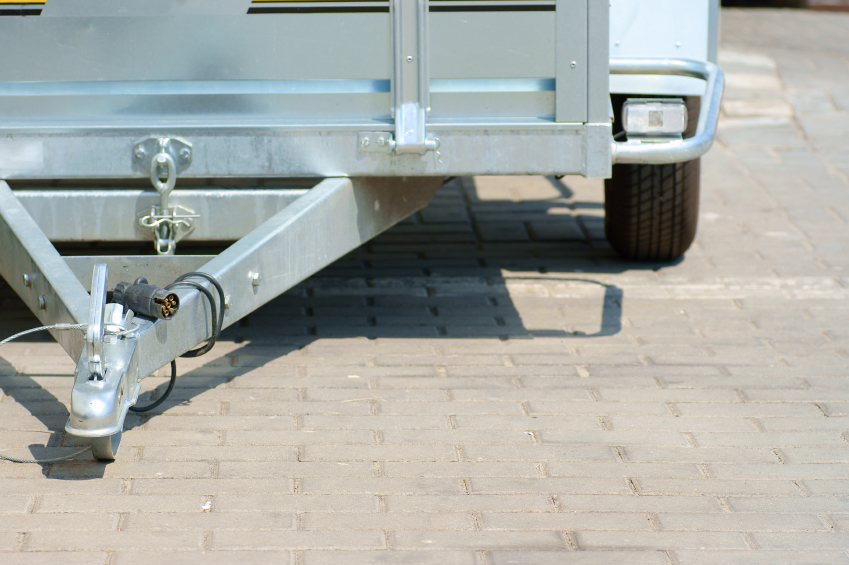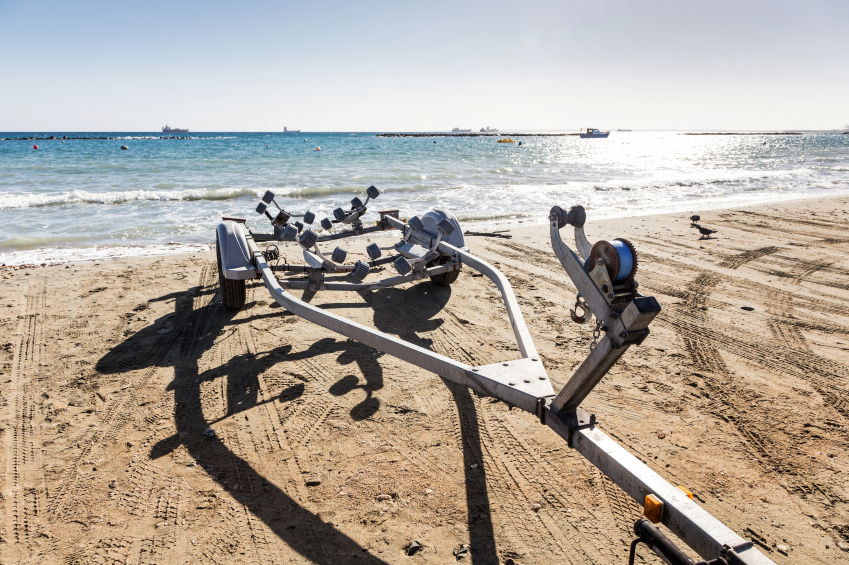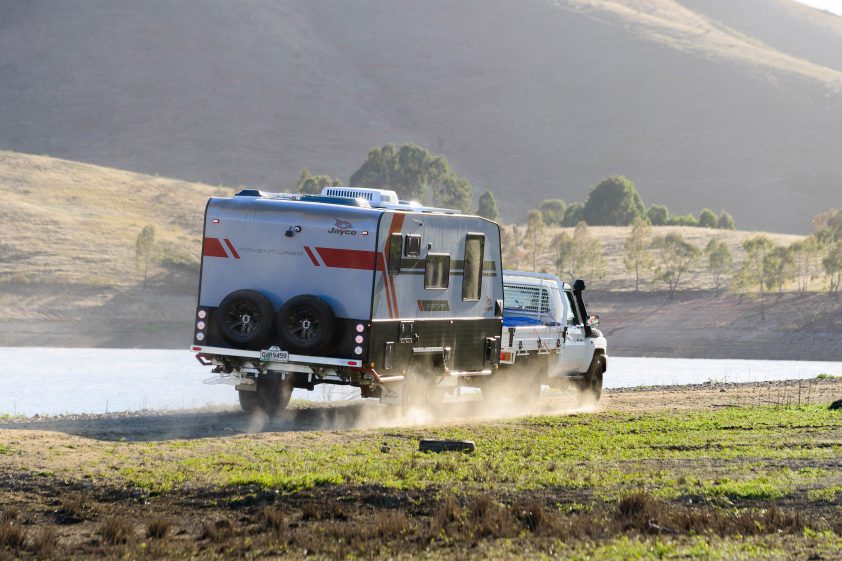In this first in our series of articles on rebuilding your trailer, we look into the preparation needed before you start your trailer repair.
We’re going to begin by taking a walk around the trailer and examining it from one end to the other, inside and underneath, to really assess the extent of the repairs needed.
It can help at this stage to clean it thoroughly. Put on some safety glasses, clean it down with an air gun and wipe over with grease remover.
What needs repairing?
When you’re planning your trailer repairs, the first thing to check for is rust, as this will determine the extent of the rebuild. Look inside the trailer, at the floor and the bottom of the sides where damp might have collected over time from rain or grass cuttings left sitting in it. Then look underneath, particularly along the axle and chassis.
Some rust is inevitable in an old trailer. You need to understand how bad it really is, so if you find any, chip it with a screwdriver to see how deep it goes. This will determine whether you need to completely replace that section, or just repair and repaint it.
Next, inspect each part of the trailer and identify what has to be replaced and what doesn’t. Take a close look at the chassis, axle, brakes, hubs, bearings, tyres, mudguards, lights, wiring, coupling and jockey wheel.
Plan the tasks
Once you know what repairs are needed, the next step is to plan the order in which they occur.
- Start with the fundamental jobs such as rebuilding the chassis, floor, axle and suspension. If there is rust damage, plan to repair it first so the skeleton can support the new parts.
- Next, move on to the wheels, hubs and brakes.
- Once the trailer is back on its feet, you can start replacing or fixing the accessories, such as lights, wiring, jockey wheel and coupling.
- Last, work out how the trailer will get its new coat of paint. Will you do it yourself, take it to a mate or drop it into a paint workshop and have it done professionally?
Gather what you’ll need
Once you’ve listed the parts being replaced, it’s time to source new ones. Talk to your local dealer or look online, but as a rule you should choose genuine replacements or reputable aftermarket components that comply with Australian design rules.
Consider also taking advantage of the many pre-packaged parts and accessory kits that will make your trailer repair easier.
You’re going to need tools, so here are the basics:
- Screwdrivers, hex (Allen) keys.
- Mallet, tyre lever.
- Socket or ratchet set.
- Torque wrench, pliers.
Don’t forget the clean-up and safety gear such as eye protection, fire extinguisher, jack, stands, oil-spill collector, gloves and rags.
Next in our series on rebuilding your trailer, we get to the fun stuff: “pulling it apart”.
If you plan to replace your trailer’s brakes and are wondering what to choose, here are some options you might consider.





